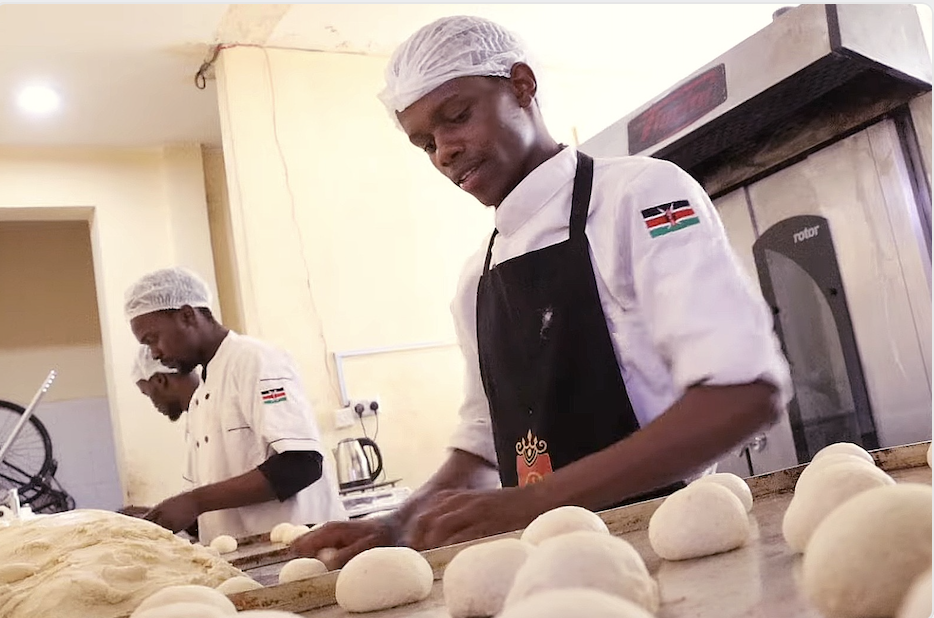Is Africa prepared for the Forecasted El Niño?

Weather forecasters have warned of an El Niño this year that might be the strongest of all El Niño (s) ever experienced on Earth. Experts from the World Meteorological Organization expect the peak of El Niño to be in October this year to January next year following the recent weather patterns.
El Niño occurs when there is a warming of the eastern Pacific Ocean, mainly along the Equator around Indonesia and Australia, and winds slow down or reverse direction, allowing the warmer water to spread eastward all the way to South America. El Niños occur every two to seven years in varying intensity
El Niño weather phenomenon became common knowledge in 1997, after it caused devastating floods and droughts around the world. The extreme weather was linked to outbreak of diseases in Africa and increased prices of Coffee.
Ecosystems will be interfered with, crop prices will escalate and the weather will be a nuisance. Although the weather is predicted to be heavy rains and floods in Western South America and Scorching hot in Asia, the rest of the world will be affected one way or another.
Since its impact cannot be clearly predicted leaders in Africa are finding it difficult to prepare. Borrowing from the past, El Niño has destroyed crops and killed livestock in Sub-Saharan Africa. There was food shortage leading to a crazy increase in food prices. According to the United Nations countries in the horn of Africa experienced to more than double increase in food prices.
Mid this year torrential rains brought Nairobi to a standstill due to the flooding leading to flooded apartments and cars. Floods in Tanzania’s north western killed dozens and left hundreds homeless. To name but a few examples of havoc that mother nature can cause.
Africa has been urged by the civil society to store up food, medicine and shelters in each community for those who will be displaced.






